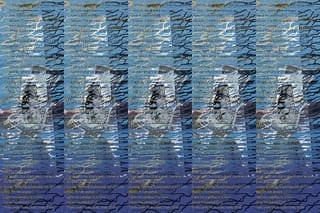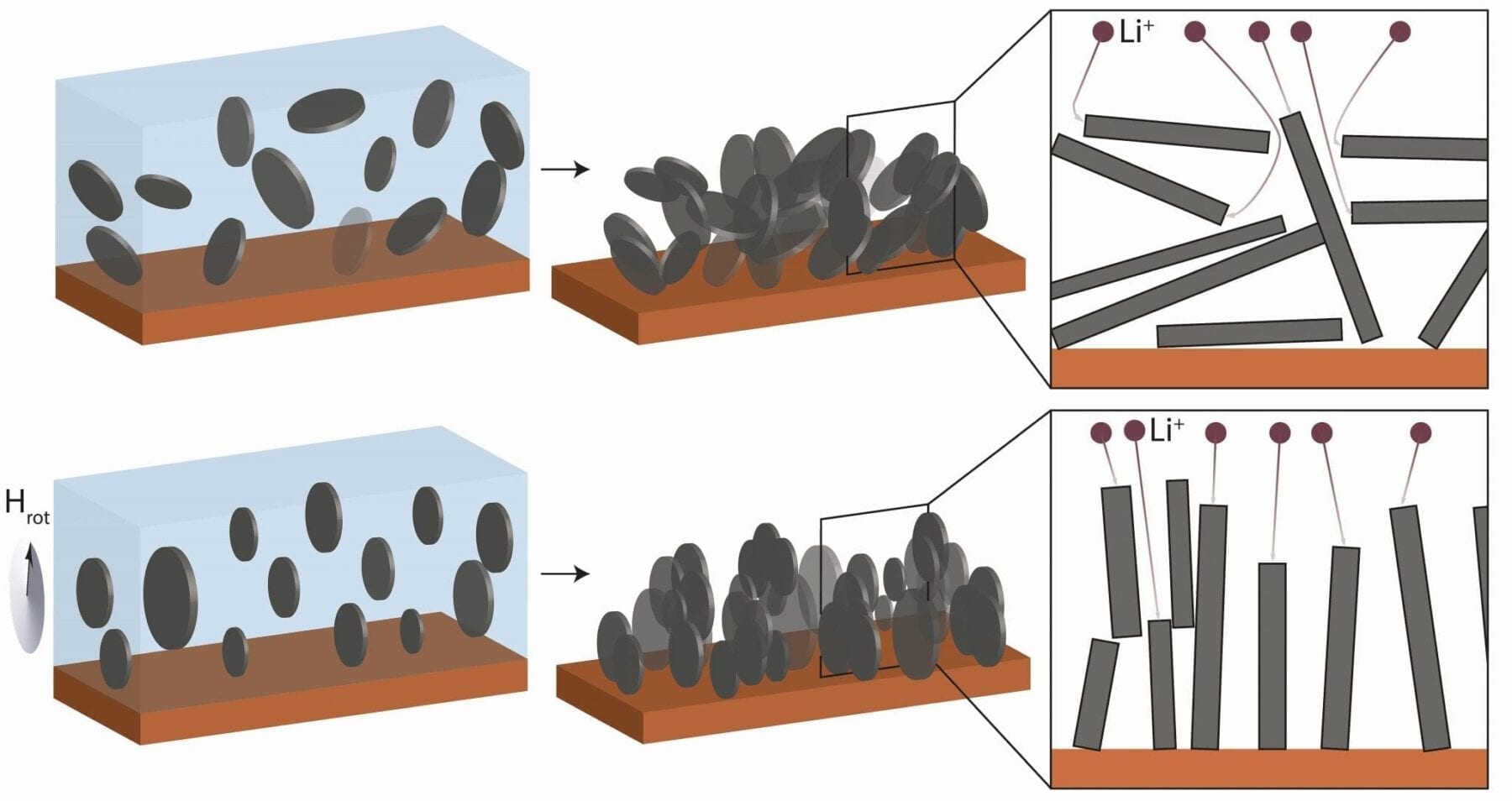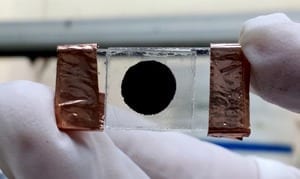
A team of Stanford University researchers, including former Energy Secretary Steven Chu, believes it has achieved the “holy grail” of lithium battery design: an anode of pure lithium that could boost the range of an electric car to 300 miles.
Lithium-ion batteries are one of the most common types of rechargeable batteries on the market today. But most of the batteries — found in technologies like smartphones and electric cars — use an anode made of graphite or silicon.
The lithium in a lithium-ion battery today is found in the electrolyte. The electrons in the electrolyte flow to the anode during recharging, and if the anode were also made of lithium, the battery would be able to generate much more power and weigh much less.
Until now, however, lithium anodes have been unusable. The material expands during charging, opening fissures on the surface that release lithium ions and form messy, hairlike growths called dendrites that reach out and short-circuit the battery. Lithium anodes are also highly chemically reactive with the lithium electrolyte and can overheat to the point of fire or even explosion.
The potential flammability of lithium-ion batteries has come under scrutiny after three electric cars made by Tesla Motors Inc. crashed and caught fire last year after hitting road debris (Greenwire, Nov. 8, 2013).
The Stanford team thinks it has solved these problems with a protective layer of tiny carbon domes, called nanospheres, that form a flexible honeycomb-styled shield over the anode. The nanosphere wall, just 20 nanometers thick, is strong and flexible enough to move up and down as the anode expands and contracts during the battery’s charge-discharge cycle.
Read more . . .
The Latest on: Lithium battery design
[google_news title=”” keyword=”Lithium battery design” num_posts=”10″ blurb_length=”0″ show_thumb=”left”]
via Google News
The Latest on: Lithium battery design
- Brainerd High School students learn about battery chemistryon May 8, 2024 at 6:43 pm
CHATTANOOGA, Tenn. (WDEF) – You might call this high school course shocking. Brainerd High School students learned the safety and potential risks behind battery chemistry.
- E3 Lithium’s Laboratory to Expand to Include Production of Lithium Carbonateon May 8, 2024 at 5:05 pm
E3 Lithium is expanding its Calgary-based lab to manufacture battery products, including lithium carbonate ... including verification testing of third-party DLE processes to support the design and ...
- Residents protest Seguro battery project at final workshopon May 8, 2024 at 4:08 pm
Residents opposed to a large battery storage project in Eden Valley are warning of the potential impact of a catastrophic facility failure.
- Scientists determine disorder improves lithium-ion battery lifeon May 8, 2024 at 8:23 am
What determines the cycle life of batteries? And, more importantly, how can we extend it? An international research team led by TU Delft has discovered that local disorder in the oxide cathode ...
- Expion360 Announces Launch of Edge™ LiFePO4 Battery Utilizing a Modular Design for Off-Grid Power Storage Solutionson May 8, 2024 at 7:31 am
“With the Edge battery, we’ve redefined efficiency and reliability in energy storage. Our modular design allows for easy power system expansion and versatile mounting, providing users the freedom to ...
- EV Battery Recycling Gains Momentumon May 7, 2024 at 8:06 am
Despite the EU's regulatory moves, it is EV powerhouse China that leads the pack in battery recycling. According to the Boston Consulting Group, it boasts a recycling capacity exceeding half a million ...
- Solidion’s BEEP Platform Solves the Design and Manufacturing Issues of Solid-State Batterieson May 7, 2024 at 1:30 am
Solidion’s BEEP platform technology solves both this design issue and reduces the manufacturing ... global leader in the patent landscape of solid-state electrolytes for lithium batteries. KnowMade, a ...
- International Battery Metals (IBAT) and US Magnesium Sign Agreement to Install World's First Modular Direct Lithium Extraction (DLE) Planton May 6, 2024 at 12:31 pm
International Battery Metals Ltd. (CSE: IBAT), today announced an agreement with US Magnesium LLC (US Mag) for the installation of ...
- Neutron Scattering: Unlocking the Secrets of Safer, More Powerful Lithium Batterieson May 4, 2024 at 4:42 am
A new technique utilizing neutron scattering has revolutionized lithium battery design, promising safer and more efficient batteries. An international team of scientists found a way to improve battery ...
- Lithium Faces Challenge From Sodium Batterieson April 30, 2024 at 3:00 pm
Lithium-ion has been the dominant rechargeable battery technology for years, but the strong charge and discharge capacities from Sodium batteries could make a difference in the energy storage business ...
via Bing News










